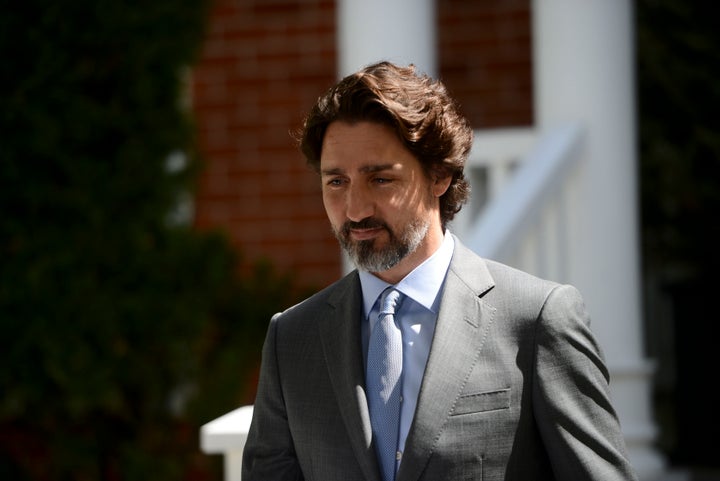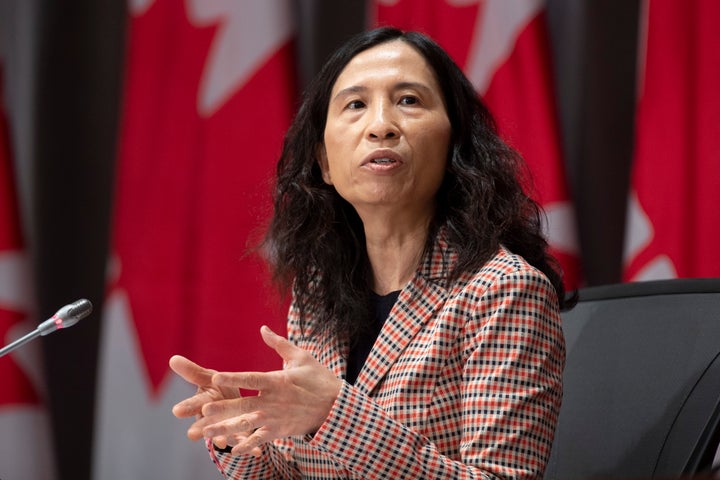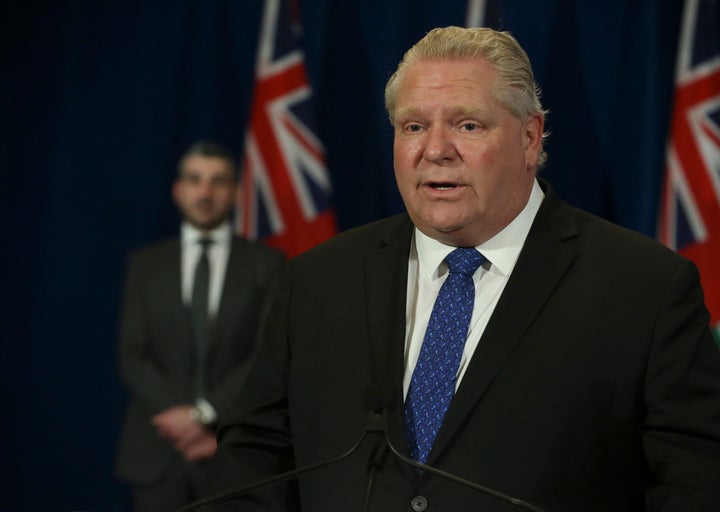OTTAWA — The likelihood Canadians will be told to stay at home during a second wave of coronavirus infections this fall will depend on increased testing capacity, faster contact tracing, and people following public health advice, Prime Minister Justin Trudeau said Thursday.
Trudeau told reporters outside his Ottawa home that increasing testing capacity will be key in identifying potential hot spots. This will help officials act “extremely quickly so that the population at large won’t be in situations of having to go back into confinement,” he said.
“We were able to make some very smart choices early on that... largely kept the pandemic within controllable levels in Canada — although there have still been far too many deaths and we certainly grieve and mourn all of those,” Trudeau said. “We know that there is more to do.”

The government has been criticized by opposition MPs for being slow to close borders to international travellers. With some provinces easing restrictions to allow a resumption of business activity, wearing a non-medical mask in public is now recommended in certain scenarios as people are tempted to go outside in the coming warmer months.
COVID-19, a contagious respiratory disease caused by a novel coronavirus, has led to the deaths of 6,062 people in Canada as of Wednesday. Across the country, there are more than 80,555 cases of the disease, with more than half of the confirmed infections in Quebec.
Labs have processed more than 1.3 million tests for COVID-19, with five per cent of tests yielding a positive result, according to Chief Public Health Officer Theresa Tam.
She said these numbers don’t speak to the “true prevalence of the infection” because some COVID-19 cases may have not been severe enough for people to seek testing or hospitalization.
Patterns in an epidemic curve, and lessons from the history of the Spanish flu’s deadly second outbreak, suggest there will be another surge of COVID-19 cases after the first wave subsides.

Tam said it will be vital to clamp down on potential “sparks” of potential COVID-19 transmission to minimize the impact of an expected second wave of infections this fall.
“This virus can accelerate really quickly,” Tam said, noting the spread of COVID-19 in the initial outbreak. “We have to be really cautious because it may not take much for another train of transmission and an escalation to occur.
Many respiratory viruses increase in the winter, Tam said. The public health agency is working to ensure there’s enough of the flu vaccine available, she said, as well as improved testing capacity, and an increased supply of ventilators, and personal protective equipment.
There will be a need to consider more “systematic surveillance systems” in future testing strategies, she said, but did not elaborate further on the point.
Contact tracing is a process used by public health officials to identify and monitor people who have had close contact with someone infected with a virus. Monitoring initiatives range from contact-tracing apps to electronic tracking bracelets to enforce lockdown rules in other countries.
Top doctor warns of ‘difficult’ situation ahead
With some provinces easing restrictions related to COVID-19, Tam said people’s “exuberance of getting out there” after months of following rules may make them forget to stick to core public health measures.
Those core public health measures are to practice physical distancing, wash your hands, cough into your elbow, and wear a non-medical mask in situations where a two-meter space can’t be continuously kept in between people.
Concerns about the capacity of the health care system to care for outbreaks of COVID-19 has been top-of-mind for all levels of governments for months. Widespread physical-distancing measures have been in place since March in effort to reduce a dramatic spike in the number of severe COVID-19 cases from overwhelming the health system.
Major economic impacts have been felt across the country with the tourism and hospitality industry essentially closed as millions of Canadians stay at home, and non-essential visitors are kept out of Canada.
Despite the call for increased testing, some provinces aren’t hitting their own benchmarks. Ontario Premier Doug Ford expressed his continued frustration Thursday with the province’s low testing numbers.

Since last week, the number COVID-19 tests processed in Ontario has dropped, falling well below its testing benchmark of 16,000 tests per day, according to government data.
Ford pledged to expand testing to people who don’t show symptoms. Truckers, taxi drivers, and workers in the automotive and food processing sectors should get tested, he said, adding: “We have to start going to the broader public and start testing as many people as possible.”
The premier said he’s confident in the work public health authorities are doing in the COVID-19 crisis, but he’s ready to apply pressure to hit benchmark goals for testing.
“I’ll be like an 800-pound gorilla on their backs every single day if I have to until I see these numbers go up,” he said.